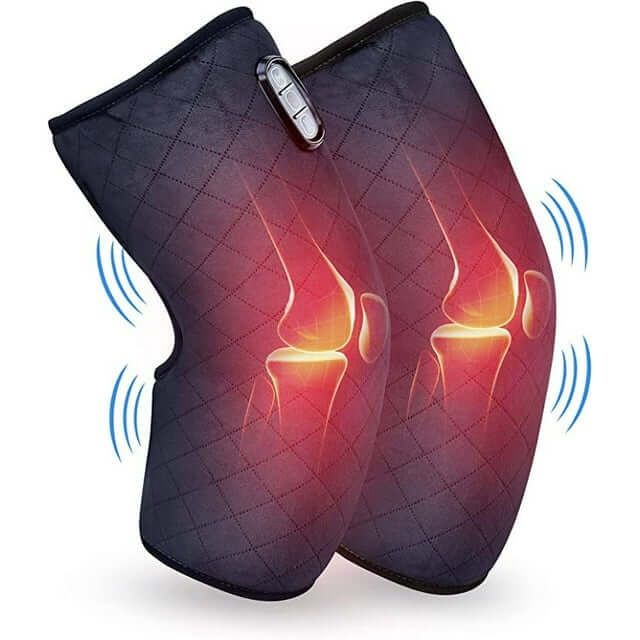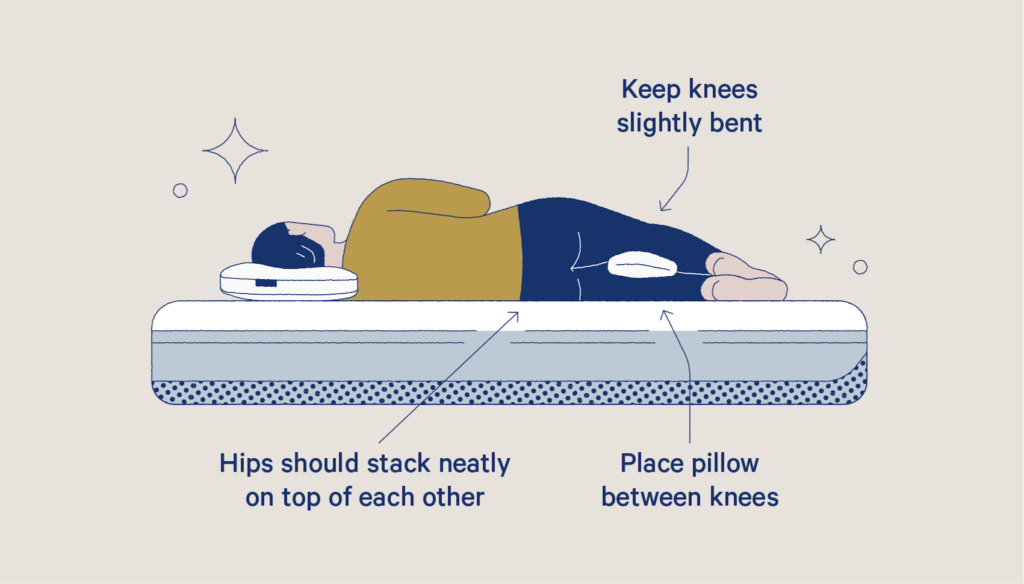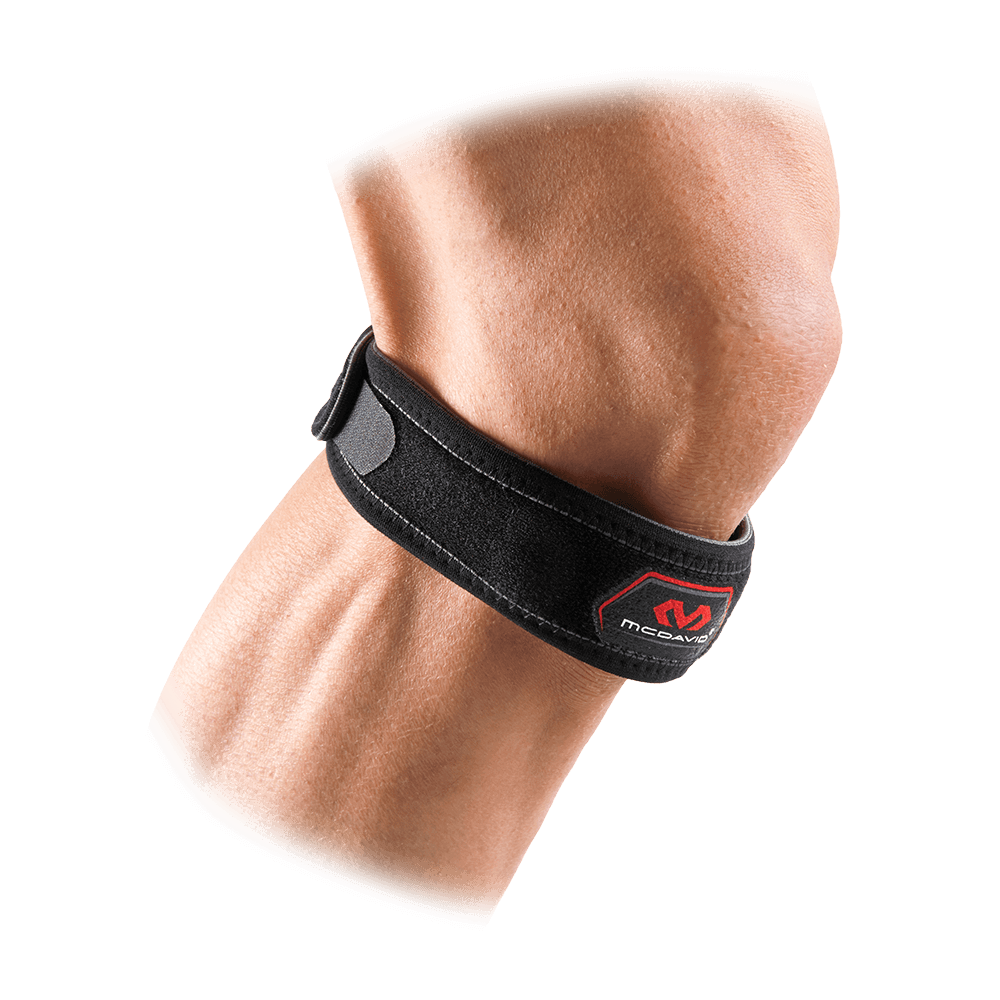Cycling is a popular form of exercise and transportation, but it can also lead to injuries if proper precautions are not taken. One common injury among cyclists is IT band syndrome, which can cause pain and discomfort in the outer thigh and knee. In this article, we will discuss the importance of IT band resilience for cyclists and provide strategies to help prevent and manage IT band syndrome.

What is IT Band Syndrome?
IT band syndrome, also known as iliotibial band syndrome, is a common overuse injury that affects the outer thigh and knee. The IT band is a thick band of tissue that runs along the outside of the thigh, from the hip to the knee. When this band becomes tight or inflamed, it can cause pain and discomfort in the knee and thigh.
Cyclists are particularly prone to IT band syndrome due to the repetitive motion of pedaling and the constant friction between the IT band and the thigh bone. This can lead to irritation and inflammation of the IT band, causing pain and discomfort.
Symptoms of IT Band Syndrome
The most common symptom of IT band syndrome is pain on the outside of the knee, which may worsen with activity. Other symptoms may include:
- Aching or burning sensation on the outside of the knee
- Swelling or tenderness on the outside of the knee
- Pain that worsens when going up or down stairs
- Pain that worsens with prolonged sitting or standing
If you are experiencing any of these symptoms, it is important to consult with a healthcare professional for a proper diagnosis and treatment plan.
Importance of IT Band Resilience for Cyclists
IT band resilience is crucial for cyclists to prevent and manage IT band syndrome. Resilience refers to the ability of the IT band to withstand stress and strain without becoming injured or inflamed. By improving IT band resilience, cyclists can reduce their risk of developing IT band syndrome and improve their overall performance.
Benefits of IT Band Resilience for Cyclists
- Reduced risk of IT band syndrome: By improving IT band resilience, cyclists can reduce their risk of developing IT band syndrome, which can be a painful and debilitating injury.
- Improved performance: A strong and resilient IT band can help cyclists improve their performance by allowing for more efficient pedaling and reducing the risk of injury.
- Better overall health: IT band resilience is not only important for cycling, but it also contributes to overall health and well-being. A strong and resilient IT band can help prevent other injuries and improve mobility and flexibility.
Cycling Strategies for IT Band Resilience
Now that we understand the importance of IT band resilience for cyclists, let’s explore some strategies to help improve and maintain it.
Stretching and Foam Rolling
Stretching and foam rolling are essential for maintaining IT band resilience. These activities help to loosen and lengthen the IT band, reducing the risk of tightness and inflammation.
Some effective stretches for the IT band include:
- Standing IT band stretch: Stand with your feet shoulder-width apart and cross your right leg behind your left. Lean to the left, keeping your right leg straight, until you feel a stretch in the outer thigh. Hold for 30 seconds and repeat on the other side.
- Foam roller IT band massage: Lie on your side with the foam roller under your outer thigh. Roll back and forth along the length of the IT band, pausing on any tender spots for 30 seconds.
Proper Bike Fit

Proper bike fit is crucial for preventing IT band syndrome and maintaining IT band resilience. A bike that is not properly fitted can put unnecessary stress on the IT band, leading to irritation and inflammation.
Some key factors to consider when fitting your bike include:
- Saddle height: Your saddle should be high enough that your leg is almost fully extended at the bottom of the pedal stroke, but not so high that your hips rock side to side.
- Saddle position: The saddle should be positioned so that your knee is directly over the pedal when your foot is at the 3 o’clock position.
- Cleat position: The cleats on your cycling shoes should be positioned so that the ball of your foot is directly over the pedal axle.
Cross-Training
Cross-training is an excellent way to improve IT band resilience and prevent overuse injuries. By incorporating other forms of exercise into your routine, you can strengthen different muscle groups and reduce the strain on your IT band.
Some effective cross-training activities for cyclists include:
- Strength training: Focus on exercises that target the muscles used in cycling, such as the quadriceps, hamstrings, and glutes.
- Swimming: Swimming is a low-impact activity that can help improve cardiovascular fitness and strengthen the upper body.
- Yoga: Yoga can help improve flexibility and mobility, which are essential for maintaining IT band resilience.
Rest and Recovery
Rest and recovery are crucial for maintaining IT band resilience and preventing overuse injuries. Make sure to incorporate rest days into your training schedule and listen to your body if you are experiencing pain or discomfort.
Some tips for rest and recovery include:
- Take rest days: Make sure to schedule rest days into your training schedule to allow your body time to recover.
- Listen to your body: If you are experiencing pain or discomfort, take a break from cycling and focus on rest and recovery.
- Use ice and heat: If you are experiencing inflammation or soreness, use ice to reduce swelling and heat to promote blood flow and healing.
Real-World Cycling Strategies for IT Band Resilience
One example of a cycling team that has successfully implemented strategies for IT band resilience is the Trek-Segafredo team. They have a dedicated team of physical therapists and trainers who work with the cyclists to prevent and manage injuries, including IT band syndrome.
Some of the strategies they use include:
- Regular stretching and foam rolling sessions
- Bike fitting and adjustments
- Cross-training activities, such as strength training and yoga
- Rest and recovery days built into the training schedule
Conclusion
IT band resilience is crucial for cyclists to prevent and manage IT band syndrome. By incorporating strategies such as stretching, proper bike fit, cross-training, and rest and recovery, cyclists can improve their IT band resilience and reduce their risk of injury. Remember to always listen to your body and consult with a healthcare professional if you are experiencing pain or discomfort. With these strategies in place, you can saddle up and enjoy cycling without the worry of IT band syndrome.




